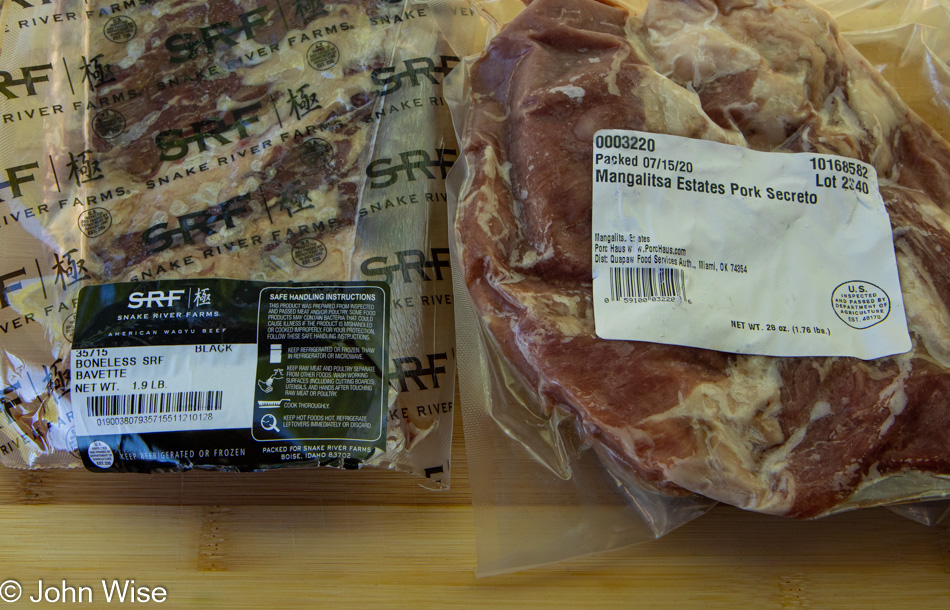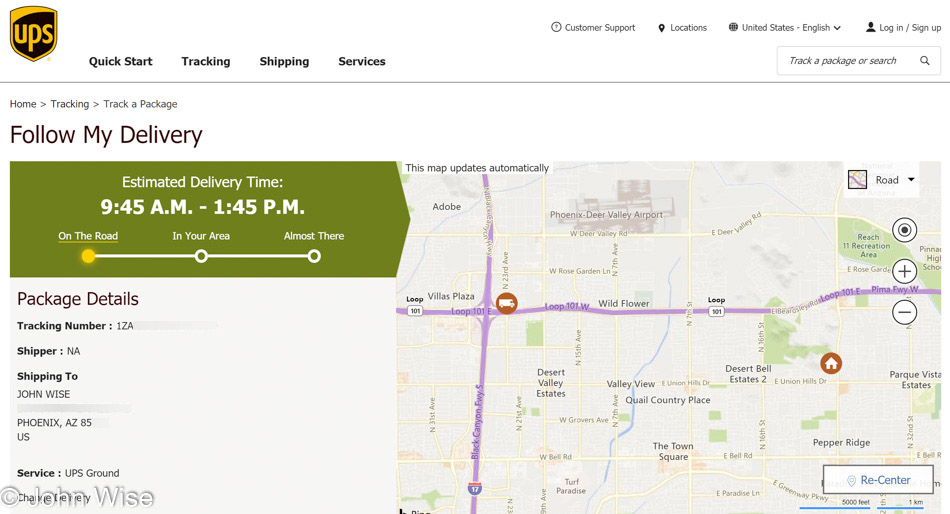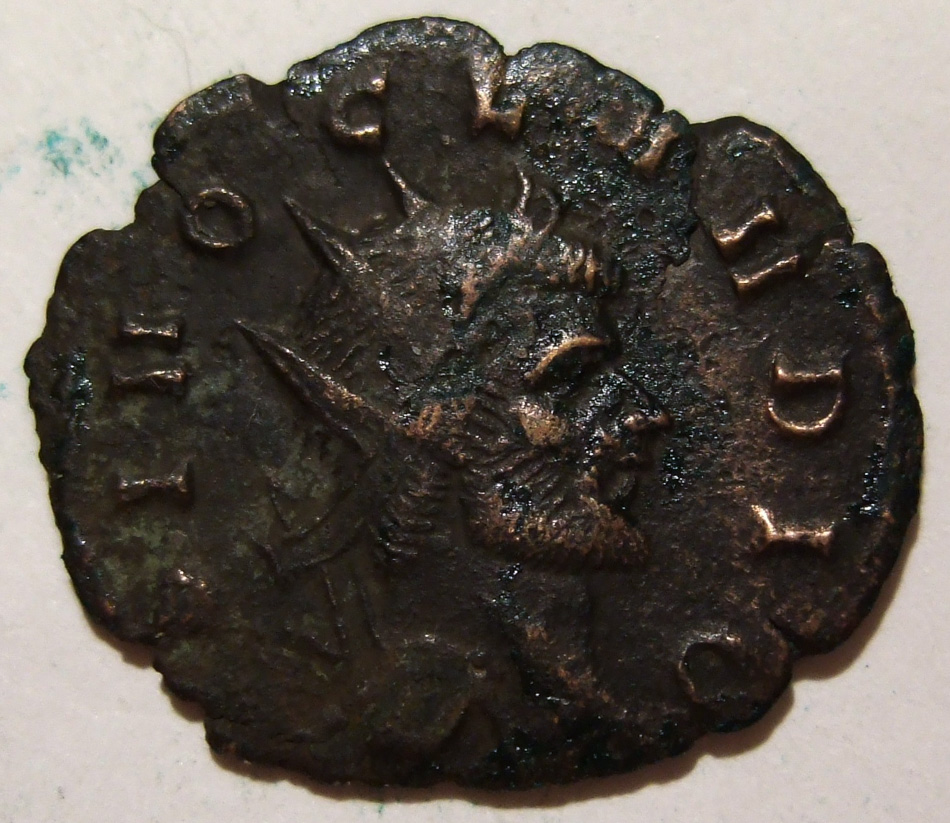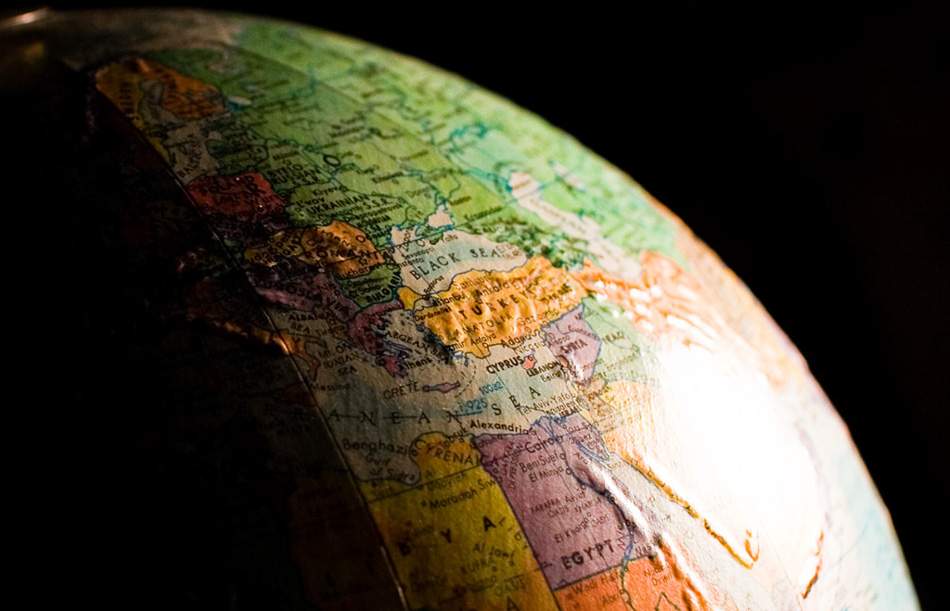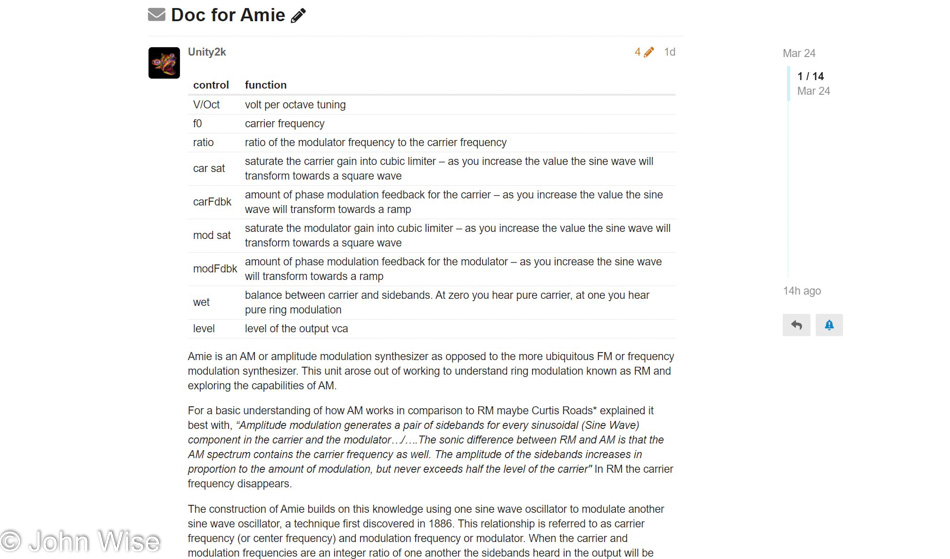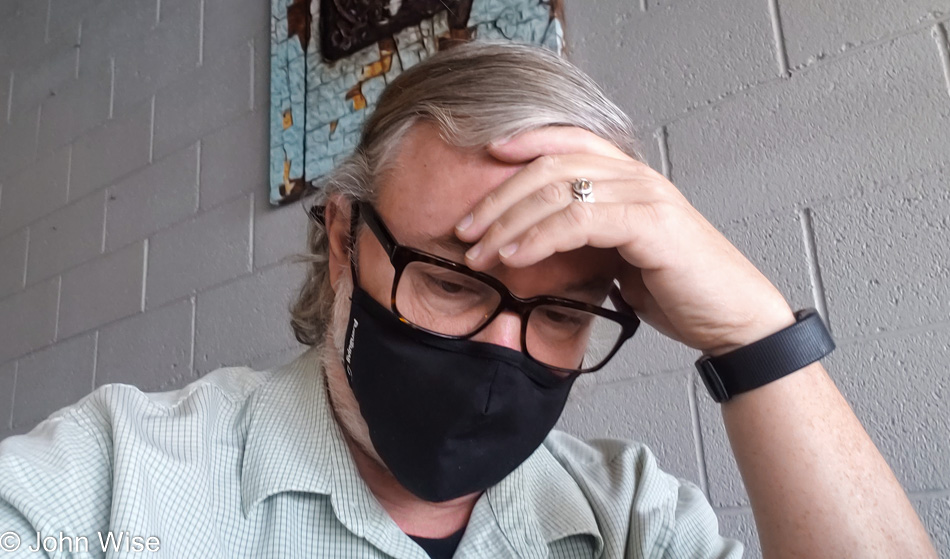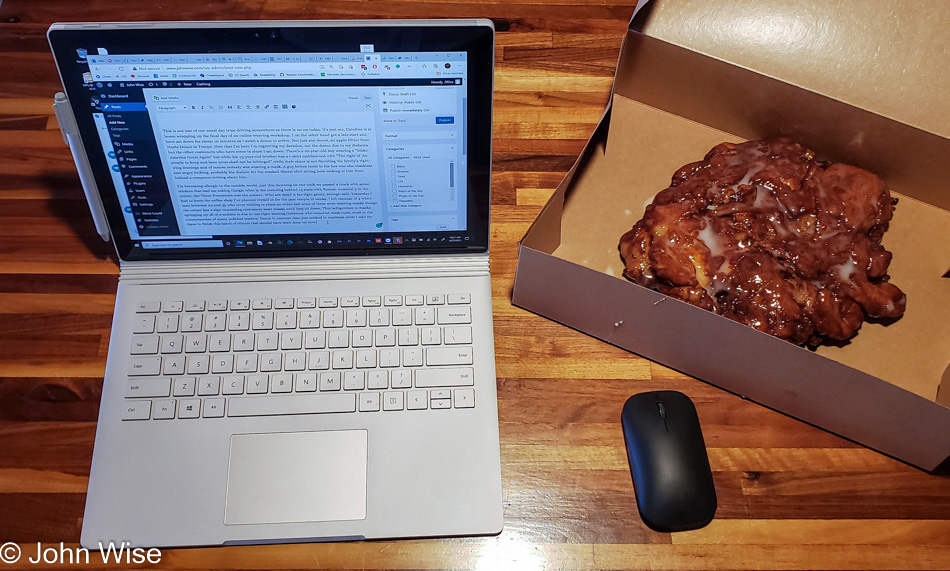
This is not one of our usual day trips, as there is no we today; it’s just me. Caroline is at home wrapping up the final day of an online weaving workshop. I, on the other hand, got a late start and sat down for about 10 minutes as I waited for a donut to arrive. Not just any donut, an apple fritter from Hurts Donut in Tempe. Now that I’m here I’m regretting my decision, not the donut due to my diabetes but the other customers who have come in since I sat down. There’s a 10-year-old boy wearing a “Make America Great Again” hat, his 13-year-old brother has a t-shirt emblazoned with “The right of the people to keep and bear arms shall not be infringed” while their sister is not flaunting the family’s right-wing leanings and of course nobody was wearing a mask. A guy before them in his 60s was also maskless and angry looking; he’s probably showing his disdain for the masked libtard sitting here looking at him from behind a computer, writing about him.
I’m becoming allergic to the outside world; just this morning, on our walk, we passed a truck with some stickers that had me asking Google, what is the meaning behind 13 stars with the Roman numeral 3 in the center? The Three Percenters was the answer. Who are they? A far-right group; enough said. Yesterday I had to leave the coffee shop I’ve planted myself in for the past couple of weeks. I left because of 4 white men between 25 and 55 who were waiting to place an order, and none of them were wearing masks, though the owner had a sign requesting customers wear masks until they sat down. This belligerence to masks springing up all of a sudden is due to our right-leaning Governor, who removed mask rules, to the consternation of many political leaders. Damn it, another man just walked into Hurts Donut maskless while I wait for them to finish this batch of fritters that should have been done by now.
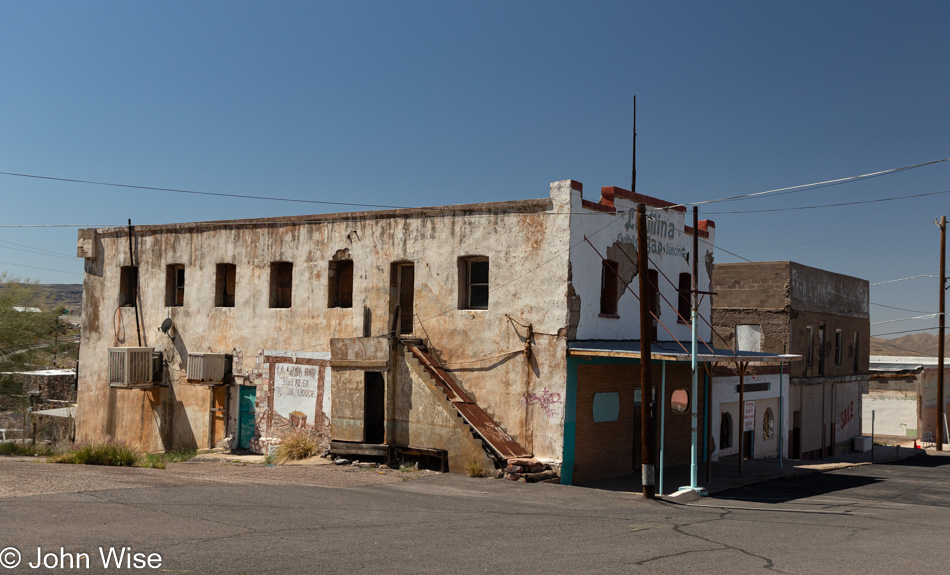
With my steaming hot Super-Fritter in a box that I believe normally holds a dozen donuts, I bolted out of Tempe and headed for the 60 Freeway East. I’d love to blame the next bit on my diabetic sugar high that was likely underway, but my anger has been boiling over regarding the blatant displays of ugliness for quite a while by now. I was already blowing fuses in the Mesa area due to the heavy traffic; oh wait, not just heavy traffic but aggressive get-the-fuck-outta-my-way traffic. I drove for a decade in Germany, I’m not foreign to driving fast, but reckless tailgating and swerving in and out of traffic will piss me off. Then, at Florence Junction, I catch a break, and traffic thins as many drivers turn off towards Florence Prison, obviously on their way to visit loved ones.
Then my confirmation bias gets triggered as a group of bikers pass, and one has a Three Percenters logo on his baseball cap. Great, now I’m going to see this damn thing everywhere. This was shortly before pulling into the sleepy, almost a ghost town, blip on the map known as Superior. Our first visit was in the late 1990s after Billy Bob Thornton, Sean Penn, Jennifer Lopez, and Joaquin Phoenix brought this place into the public eye with the film titled U-Turn. Twenty-some years ago, there was nobody here, and there were fewer of them on subsequent visits. I passed through Superior a few times last year on our way out for drives to Duncan or down to Winkelman before hitting Miami back up north for some Mexican food. Those previous stops were at the height of the pandemic, and I guess people weren’t stir-crazy enough then, but today, they were out in droves. I skipped a stop at the gas station for water as I already know that this far out, masks are for idiots and I’m one that belongs to that clan. I did pull into Main Street to take notes but ended up on a quiet side street as sleepy Superior awakening to the potential that might be found in the biker’s wolf-pack economy.
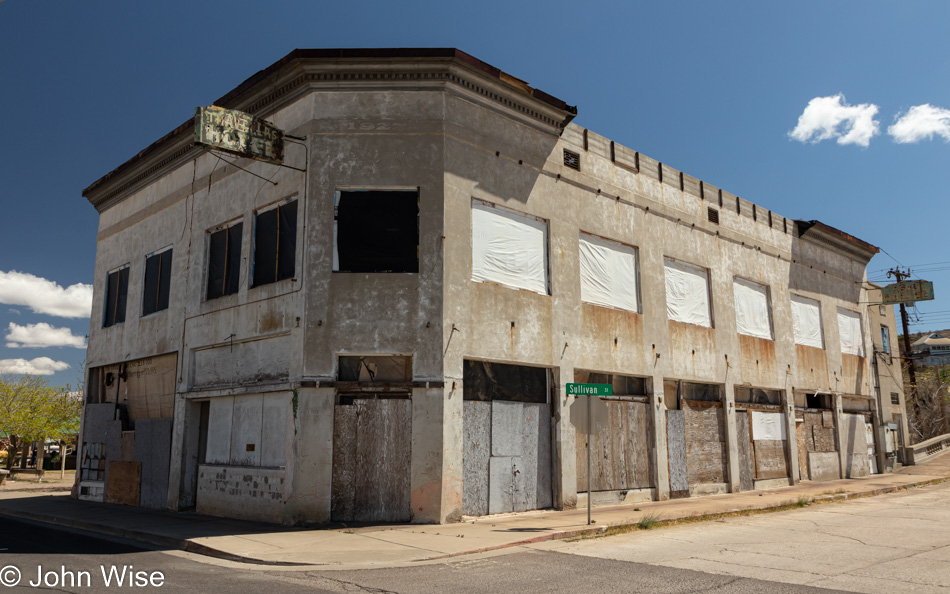
I’m not even hungry yet, nor did I finish the donut, but that doesn’t mean I can’t find room for a green chili burrito from Guayo’s El Rey Mexican restaurant. I called the order in as the place was obviously packed as I drove by, which gave me about 10 minutes to wander around. The first time I took a picture of this building 19 years ago, it wasn’t boarded up, and a lot of the glass was still intact, but today it’s looking sketchier and sketchier. According to the internet, it was built in 1918, but there’s a date up in the concrete that is difficult to see on this small image that says 1927, so I’m going with that. At one time, it was the Travelers Hotel, while during another incarnation, it was the Real Market, and on the south side of the building was the Real Buffet. Someday, maybe it’ll be a meeting hall for the Three Percenters.

From Superior all the way to the New Mexican border out by Duncan and Clifton, this was copper mining country. When mining operations stopped, so did the imagination of anyone who might have lived out in these parts as nothing moved in to pick up the slack to offer jobs. The farming that was going on continued to some degree, but most everything dried up. There are a lot of vacant buildings in various stages of decrepitude that beg for me to enter them, but the most interesting ones are boarded up and locked. Seeing I’m not the kind of guy who enjoys talking to local law enforcement who might be angry with me for breaking and entering, I stick to checking out the obvious and wide open.

I’m over 100 miles from home before I finally start to feel like I’ve left most everything behind, but the writing is on the wall. Actually, the writing has been well established for a long time as there was a point over twenty-three years ago when, on a drive west of Kingman, Arizona, approaching California, we detoured up Old Route 66, a.k.a. the Oatman Highway looking for a glimpse of the Colorado River. As we talked, I wondered at what point in the future would these desolate places be so overrun that the charm of being far off the beaten path would be lost? I think we are close, but then I suppose I must temper that with the idea that some old guy who passed through these areas in the 1940s probably thought the same thing I was recognizing 50 years later. The cactus in this photo is along Route 77, heading south out of Globe to my next destination.
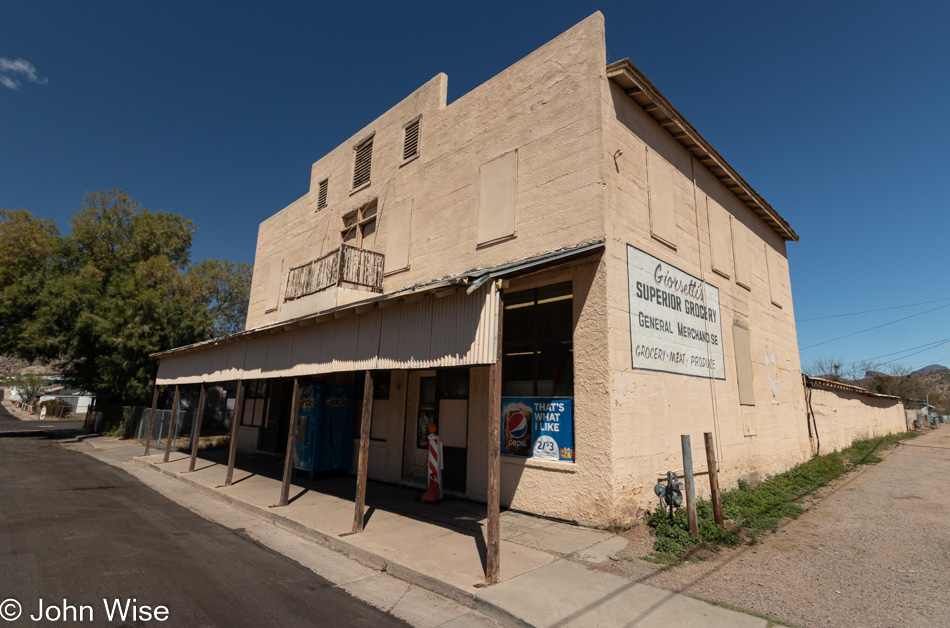
I think this is either the 3rd or 4th time I’ve posted a photo of Giorsettis Superior Grocery in Winkelman, Arizona. I love this old market as it doesn’t feel like it changed since the day it opened. The floors give when you step in, and I wish I could buy everything just to boost their profit so they could still be here 20 years from now. While I’ve shared it before, I’ll share it again. Our first visit back in 2002, I believe, was for drinks, but a stack of still-warm tortillas enticed us to buy a dozen. I can’t say we ate them all in the next 15 minutes, but I won’t say we didn’t either. This is one of those places I obviously feel a lot of nostalgia for.

Just across the road from the store is an area of Winkelman that all looks about like this. Every time we are down this way, I expect the rest of town will take on the same appearance.
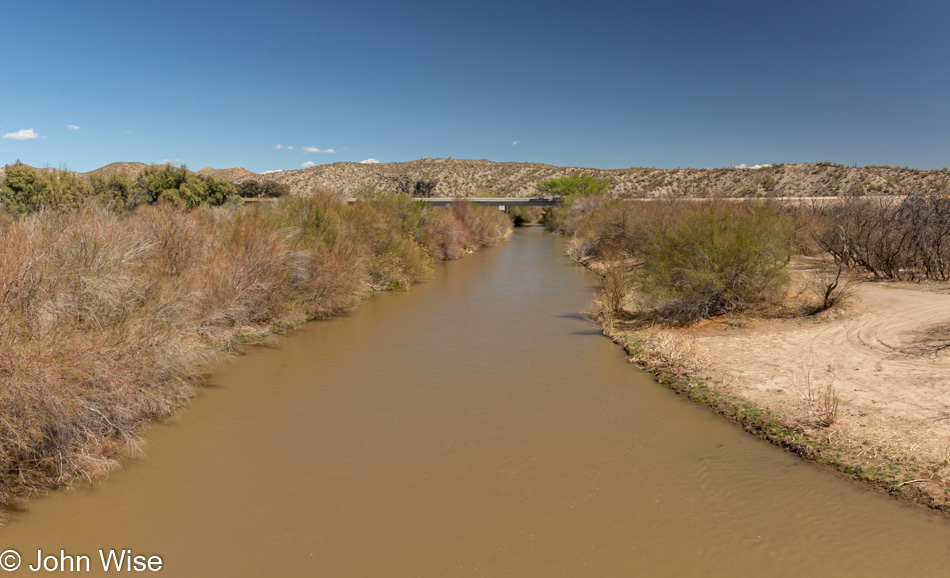
Where I turned to enter Winkelman is the junction of Route 77 and 177, which returns to Superior. Checking out the decay on the west side of town, I spotted something I don’t believe we ever visited before: an old bridge. Out there in front of me is the 77, which continues its way south to Tucson while I’m standing on a footbridge built back in 1916 that crosses the Gila River.
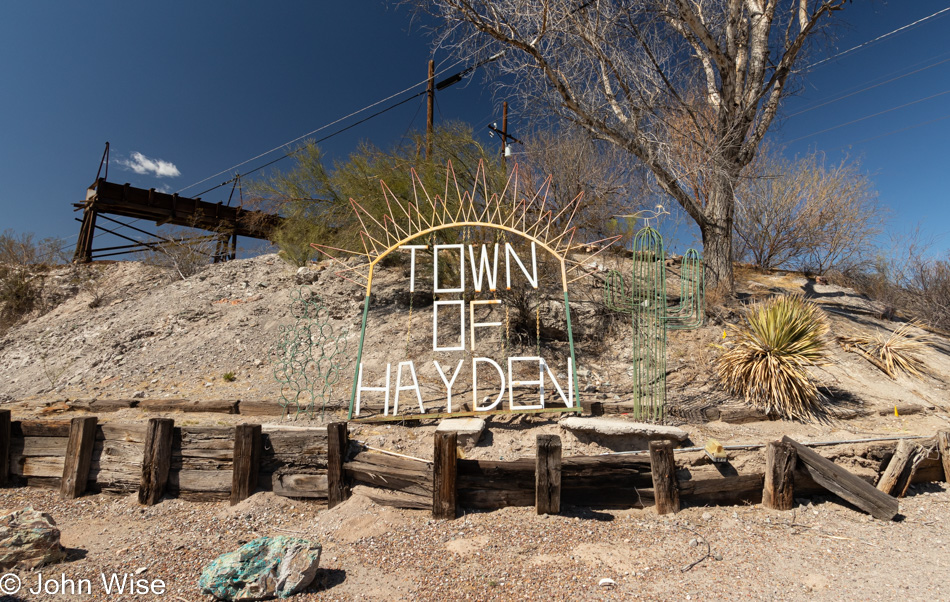
Not two minutes north is the town of Hayden, which, from my perspective, should be part of Winkelman; as a matter of fact, Hayden High School is actually in Winkelman. This old mining town is disappearing from reality, and someday, in the not-too-distant future, I expect it will be nearly completely gone.
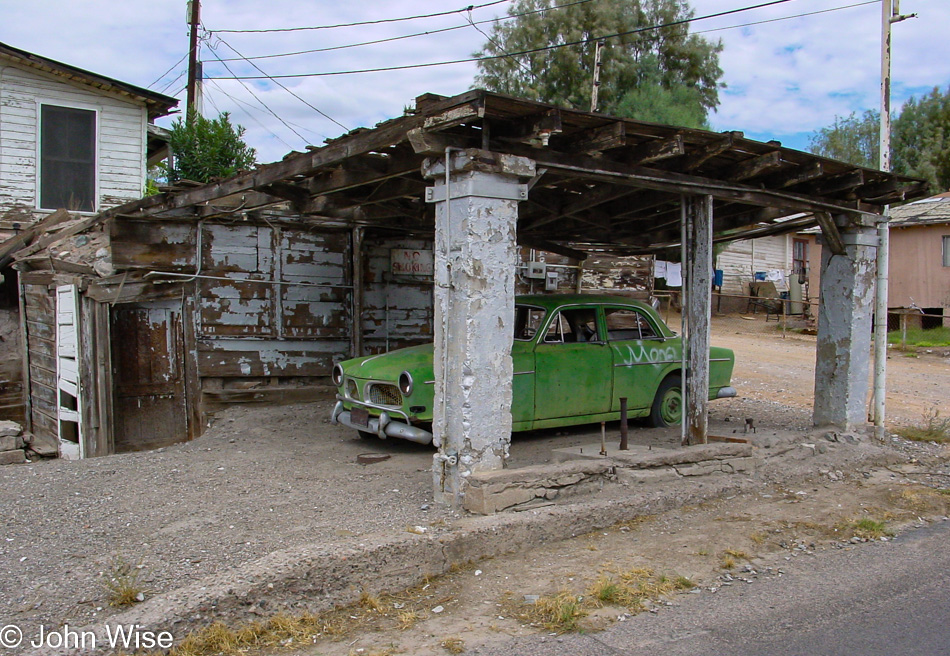
This photo was taken in July 2002 on one of our early visits to the area. I have a thing for old gas stations, and as best as I could tell, this was just such a place. With the two pillars and the pipes coming out of the ground at what looks like pedestals to me, I believe this place really was a gas station a long time ago.
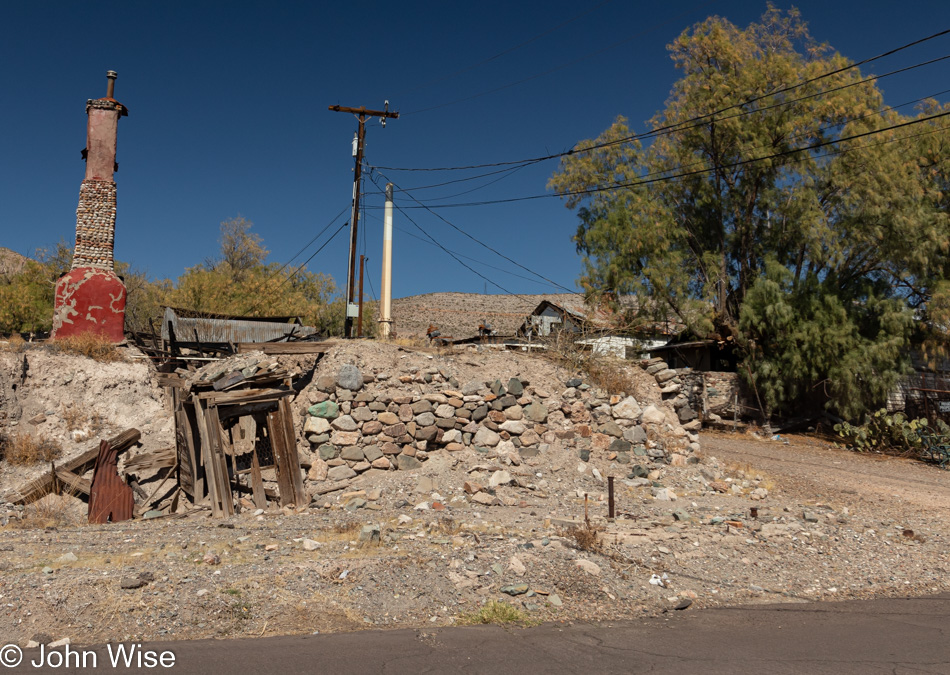
Nineteen years later, the pipes are still there, as is the listing door frame, but everything else is gone. Driving through the remains of the town is nothing shy of a bummer, though the ruins are interesting enough to look at. There are three interesting buildings here for sale: an old theater and two old churches. I cannot see how a place like this could be gentrified and brought back when the poverty that still lives here would have nowhere to go, nor would the inhabitants survive the increase in property values and taxes.
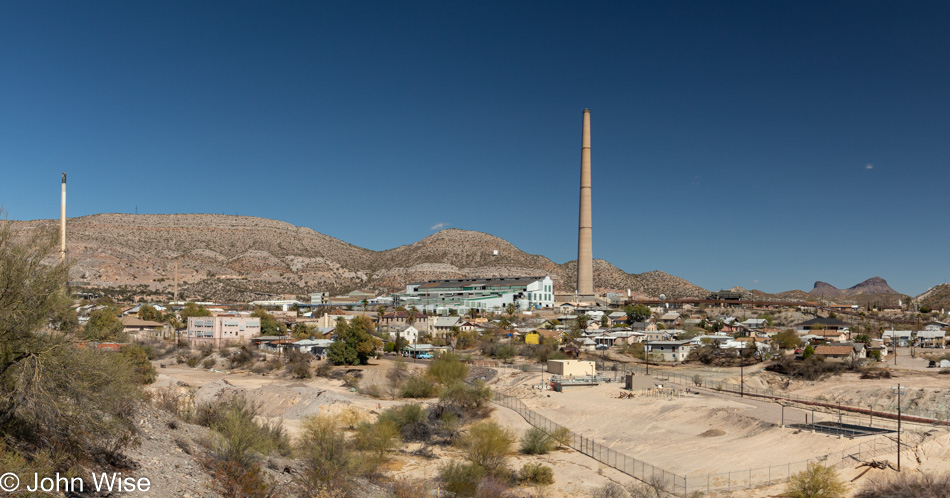
Along the way, I felt reluctant to continue my trek away from home, but I’m glad I did. Looking at the photos and comparing them to my memories makes this journey worthwhile. The changes in our cultural landscape over the years are starting to impact the way I see the lands of America. They are tinged with an ugliness from our characters as violent, angry, racist, lunkhead thugs who are spoiling the potential that made the United States so appealing. The physical land that lies between the Atlantic and Pacific oceans is like so many other places on Earth, but it has been the promise of opportunity and finding magnificence that, in my view, has been the draw for so many people around our planet for the past couple of centuries. I think there’s a chance that our major cities might suffer catastrophic setbacks as their tax bases shift due to how the pandemic has changed where we work. If New York City or Chicago starts to rapidly decay, how long before they go the way of Buffalo or St. Louis, or worse, they start to mirror towns like Miami, Arizona, and crumble into so much rubble next to the road?
